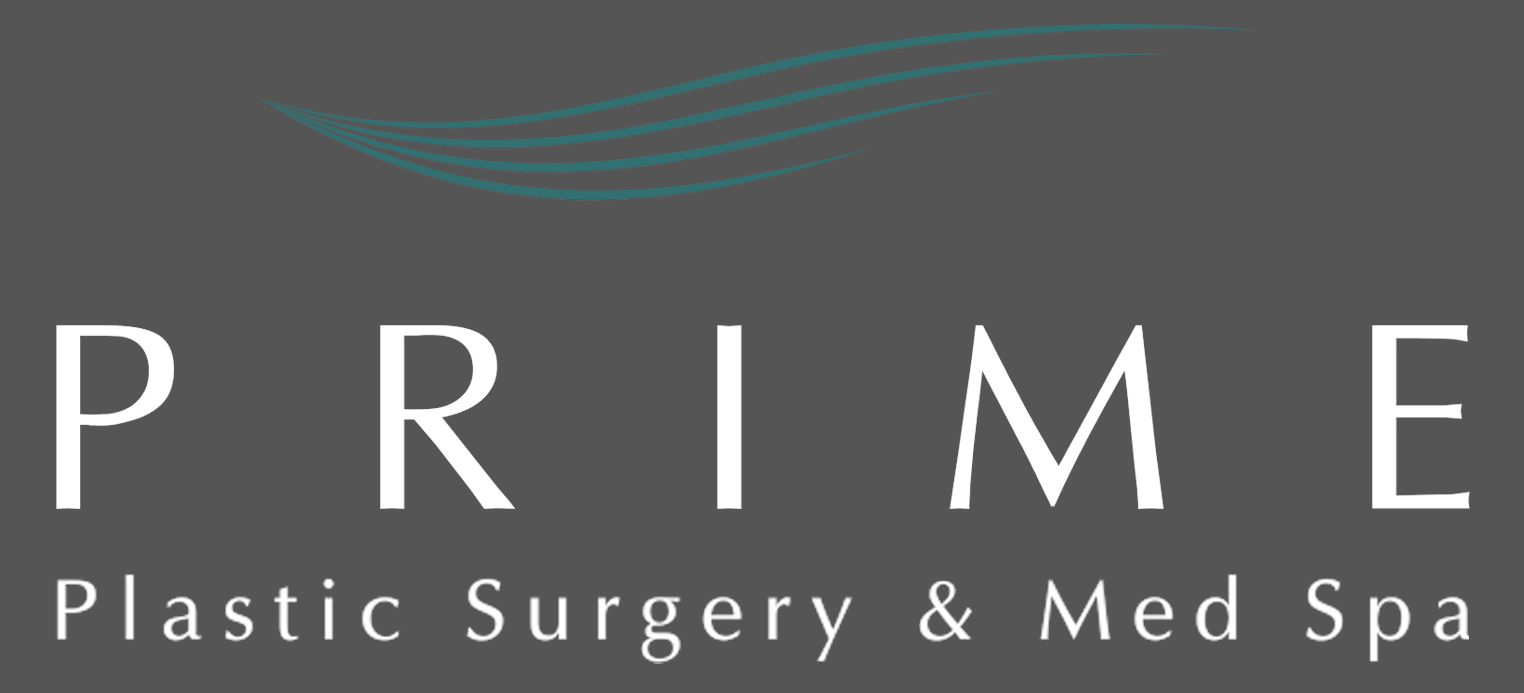Surgery Myths
- Myth: Extreme makeovers are safe and commonly doneTruth: As a rule, it is not commonly performed, nor should it be. Most patients don’t want an extreme result, they want a natural result. It is not uncommon for patients to have age appropriate combinations of surgeries at the same time. However, the primary concern should be which combinations are safe. Extensive, lengthy combination procedures have a greater potential risk of complications.
- Myth: All plastic surgical operating facilities are inspected and accreditedTruth: The reality is that the majority of office based surgical facilities across the country are never inspected and never accredited. Few states have any regulations with regard to accreditation, licensing, or inspection where plastic surgery is performed. Any patient undergoing plastic surgery should demand that the facility is accredited by one of the national accrediting organizations: The American Association for Accreditation of Ambulatory Surgery Facilities, Inc. (AAAASF), Accreditation Association for Ambulatory Health Care (AAHC), The Joint Commission (JTC). If a facility cannot reach the minimal standards of safety, sterility, surgical personnel, monitoring, safety equipment, and emergency protocols that are part of the accreditation process, why would anyone have a procedure performed there and why would a surgeon operate there?
- Myth: All plastic surgery board certifications are the sameTruth: There are many self-proclaimed or bogus boards. The only board that is recognized by the American Medical Board of Specialties (AMBS) that certifies that a surgeon is fully trained in plastic surgery of the face, breast and body is the American Board of Plastic Surgery. To qualify for that certification, a surgeon must undergo supervised training in an accredited educational program for 6-9 years after medical school, passage of an extensive written examination and satisfactory completion of an oral exam that covers anatomy, surgical technique, patient selection, avoidance and management of complications and ethics. Contrast that with a self-proclaimed board which may issue certificates to anyone who desires to call themselves a cosmetic surgeon and may have taken only a weekend course or no formal plastic surgery training at all.
- Myth: If a doctor calls himself a cosmetic surgeon or plastic surgeon, he must be oneTruth: Any physician with an M.D. can call themselves a specialist with no legal requirement that they have any recognized training in the specialty of plastic surgery specifically, aesthetic surgery.
Just because they call themselves board certified does not mean that the board is a legitimate board recognized by the American Board of Medical Specialties (ABMS) (http://www.abms.org/) or that the board is in plastic surgery.
You need to check the physician’s credentials to verify that they have been board certified by the American Board of Plastic Surgery (www.abps.org/). In addition, they should be a member of the American Society of Plastic Surgeons (ASPS) (www.plasticsurgery.org/) and if they are doing cosmetic or aesthetic surgery on a member of my family or staff, I would want them to have the additional experience with a focus on aesthetic (cosmetic) surgery and be a member of The Aesthetic Society (http://www.surgery.org/).
There is no national “board” that is recognized by the American Board of Medical Specialties that has the word cosmetic in it.
- Myth: All plastic surgical procedures require general anesthesiaTruth: Most of the procedures can be performed with a combination of intravenous sedation and local anesthesia. The type of anesthesia depends on the general medical condition of a patient, what is mutually decided by the patient and the surgeon, and the procedure that is being performed.
No matter whether it is general anesthesia or intravenous sedation, anesthesia should be administered by an appropriately trained anesthesia provider in an accredited or licensed facility, in order to maximize safety. In our office-based surgical facility, the Singer Surgical Centre, anesthesia is always administered by a board certified physician anesthesiologist.
- Myth: It is best to have one plastic surgery procedure at a timeTruth: Safety should always be the primary concern. It is often more efficient to have more than one plastic surgery procedure performed at the same time; have one anesthesia, and one recovery. That should always be balanced by which procedures are a reasonable combination and the length of time in surgery and under anesthesia to help diminish potential problems. Extensive combination procedures may extend the length of recovery.
- Myth: Plastic surgery is all about vanityTruth: Aesthetic (Cosmetic) surgical procedures like face lifts, tummy tucks, breast augmentations are the plastic surgical operations that are most discussed in the media, however, the specialty of plastic surgery also involves the correction of defects after cancer, hand injuries, congenital defects such as cleft lips and palates, as well as burns. Good results take into account function as well as appearance. The most common reason a patient undergoes a procedures for cosmetic reasons is to correct areas which are not amenable to diet, weight loss and exercise and cannot be improved by non-surgical procedures or topical products. Anything taken to an extreme is problematic, including surgery. The best definition of vanity I have heard is “A desire to excel”. The majority of patients who undergo plastic surgery have proper motivation for the procedures, are realistic, pleased with the results, and feel better about themselves after having plastic surgery. Patients who feel better about themselves are able to function better in their environment.
- Myth: Plastic surgery can eliminate or leave no scarsTruth: Everyone heals differently due to genetics and personal factors. Scars can be refined and improved with a variety of treatments, but there is no way to totally erase a scar. There are newer procedures that can minimize scars by shortening incisions and sometimes hiding them, but there is no way to have an incision or repair of laceration with no scar.
- Myth: Plastic surgery procedures are standardized, so find the least expensive surgeonTruth: Having plastic surgery is not like purchasing a t-shirt or sandals. There are many factors that are involved in the variability of plastic surgery fees, including: geographic location, the extent of the procedure, the length of the procedure, the training, and especially the experience and expertise of the plastic surgeon, Other factors include the costs of anesthesia and the anesthesia provider, surgical facility and supply fees, and the extent of pre-operative lab evaluations. Find the most qualified board certified plastic surgeon, not the cheapest. Generally in life, you get what you pay for. Remember that there is no eraser at the end of the surgeon’ scalpel.
- Myth: Plastic surgery is only for womenTruth: The majority of patients who have plastic surgery are females, but there are an increasing number of men from all walks of life who are having plastic surgery procedures. As the economy has become more challenging and the workplace more competitive, patients including males want to look fresh and vibrant. The information about the procedures is more prevalent in the media and plastic surgery is more accepted by the general public; both female and males. The development of less invasive procedures such as fillers, Botox/ Dysport, laser, and skin care has provided an option of rejuvenation and a more youthful appearance which many males find appealing.
- Myth: Plastic surgery patients are all richTruth: Plastic surgery is performed on a higher socio-economic group. Most of the plastic surgery patients earn average incomes, are hardworking, want to improve their self-image, and are not rich. They are also realistic about their outcomes and pleased with their results.
Breast Surgery Myths
- Myth: Fat taken from other areas of the body is a better choice than breast implants for augmentationTruth: Currently, it is felt that only up to 50% of transplanted fat successfully survives in its new location. The remainder doesn’t go elsewhere. It is just resorbed by the body. Fat injections to the breasts may be useful in making small modifications and correcting asymmetries, but this procedure should currently be regarded as experimental. Long term results do not yet exist. The results are not totally predictable and are very inconsistent. Breast augmentation with fat tends to be a lengthier procedure, generally more expensive than an augmentation with an implant and may require additional sessions of fat injection. There are a wealth of unanswered concerns: the extent of resorption of the fat, the large volume of fat that is required to produce an improvement, the limitation of the amount of augmentation that is possible, and specifically the issue about long term safety with regard to tumor stimulation which all need to be further investigated with valid scientific studies before fat injection for breast augmentation should be utilized by any surgeon or have it performed by any patient.
- Myth: A large enough implant will correct droopy breastsTruth: If you have sagging breasts, with your nipples located at or below the bottom of your breasts, implants alone will not correct the problem. Implants will increase the size of your breasts, but the nipples will still remain too low and the breast will not look youthful. You will need a lift procedure along with your breast augmentation to achieve well- shaped attractive breasts. The type of lift needed will depend on the amount of drooping. Patients who are satisfied with the size of their breasts, but have lost shape and sagged due to pregnancy or weight loss, will find that a lift alone, without an implant may solve their problem.
- Myth: The “gummy bear” implants are betterTruth: There are a number of new implants referred to as “gummy bear” or “jelly bean” implants that are available, but there are no long term results to show that they are significantly better or will last any longer than the current implants. They do feel firmer.
- Myth: Saline implants are as good as or better than silicone implantsTruth: There are advantages and disadvantages of each type of implant. Both are utilized by surgeons across the country with satisfactory results. They are both approved for usage by the FDA. The best way to determine what the best implant is for you is to have a consultation with a board certified plastic surgeon certified by the American Board of Plastic Surgery and discuss your concerns and personal preferences.
- Myth: A certain number of “c.c.s” in a breast implant will always produce a certain cup sizeTruth: The size of the augmented breast will depend on the amount of breast tissue that you start with before surgery in addition to the implant. Cup size is not standardized in the bra industry. A 32C and a 38C are totally different. What is a C in one bra company may not be a C from another bra manufacturer. Cup size even varies within a company from style to style.
- Myth: Breast implants will make your breasts sag earlierTruth: A natural breast of the same size and weight will gradually sag just as much as a breast with an implant. With or without breast implants ,a patient’s own body genetics and its reaction to gravity, weight fluctuation, and loss of elasticity as your skin ages all contribute to breast sagging A good supportive bra is helpful in avoiding sagging, whether you have implants or not.
- Myth: Breast Augmentation makes it impossible to breastfeedTruth: Some women, who never had breast surgery, are naturally unable to breastfeed, and some variations of breast augmentation may make it more likely you are unable to breastfeed, but most women with breast augmentations are able to successfully breastfeed. Breast implants pose no medical risk to your baby.
- Myth: I will have to change my lifestyle or activities after an augmentationTruth: Immediately after surgery, you will have a restriction on exercise and activity until you are healed. Once healing has taken place you may may resume all of your usual activities, including sports, and not have to alter your normal lifestyle.
- Myth: Breast implants are unsafeTruth: Breast implants are among the most tested of medical devices. Extensive studies have shown that both saline and silicone implants are safe. They do not produce a higher rate of cancer or autoimmune disease. After vigorous evaluation by the FDA, both are approved for cosmetic and reconstructive usage.
- Myth: All breast implants will have to be replaced after 10-12 yearsTruth: No one can guarantee the lifecycle of an implant and no one should enter into the procedure with the idea that the implants will last forever or that they may never need another breast surgery. . Implants do not need to be replaced unless a problem occurs. I have personally seen patients who have had implants in for over thirty years and the implants are still intact.
- Myth: Breast augmentation is a one-time procedureTruth: The majority of patients having breast augmentations are very pleased with their results. No one should enter into that procedure with the idea that the implants will last forever or that they may never need another breast surgery. There are a variety of reasons why a woman would have a secondary procedure: to alter the size of the implants as the patient ages and the size and shape of the breast naturally change, to correct the effects of pregnancy on the breasts, weight fluctuation, the implant can form a capsular contraction around it which produces a hardening, or the implant may leak. No one can guarantee the life cycle of an implant.
Body Contouring Myths
- Myth: After liposuction fat can come back and you will lose the benefit of the procedureTruth: As long as you maintain your weight, you will maintain the benefit. The fat cells that are removed during liposuction are permanently gone. However, you will still have plenty of fat cells left, which can expand and store more fat, so if you gain weight after the procedure, you will have an increase in fat in all areas of your body. Liposuction is not a replacement for proper diet and exercise.
- Myth: Laser liposuction is the state of the art for liposuction todayTruth: There is a lot of marketing of technologies that claim to produce better results than traditional tumescent liposuction, but have yet to be proven. Laser liposuction claims a faster recovery, better result and skin significant tightening. Any marked improvement along these lines has yet to be validated in large-scale, multi-center comparative clinical trials that are not funded by the manufacturers. In fact, laser liposuction takes longer to perform the procedure hasand has had a greater history of problems with burns and scarring of the overlying skin. What is more important than the technology, is the use of a very narrow canulacannula to avoid significant contour irregularities, a wetting solution to diminish bruising and a well trainedwell-trained, experienced, board certified plastic surgeon at the end of the canulacannula who has an artistic eye and is ethical about presenting the potential problems as well as the benefits of any procedure.
- Myth: There is a permanent cure for celluliteTruth: There is a lot of marketing of procedures and products that claim to cure cellulite. At this point, there are no technologies available that have been proven to permanently cure cellulite. Topical creams may produce a temporary small improvement, only while they are being used. Existing surgical technologies have yet to be shown to produce a long term significant benefit. There is a lot of interest in development of new procedures that may have a long term and reliable as well as predictable result, but current claims that they exist are as yet unproven.
- Myth: There are supplements that are safe and effective for weight lossTruth: There is no replacement for diet and exercise. Supplements and herbal medications are unregulated by the FDA, so there is no standardization of those “medications”. They often contain substances that act as stimulants which have the potential for producing medical problems. You never quite know what you are getting with these and the claims are excessive.
- Myth: Extreme makeovers are safe and commonly doneTruth: As a rule, it is not commonly performed, nor should it be. Most patients don’t want an extreme result, they want a natural result. It is not uncommon for patients to have age appropriate combinations of surgeries at the same time. However, the primary concern should be which combinations are safe. Extensive, lengthy combination procedures have a greater potential risk of complications.
- Myth: Liposuction is just for womenTruth: Liposuction is one of the 5 most frequently performed cosmetic surgical procedures for males, according to both The Aesthetic Society and the American Society of Plastic Surgeons (ASPS). Males undergo excess fat contouring of their chest (gynecomastia), abdomen, flanks or “love handles”, thighs, and to improve their jawlines.
- Myth: Liposuction gets rid of loose skinTruth: Liposuction is not an effective skin tightening treatment and does not get rid of loose skin. Liposuction is frequently performed in combination with procedures that do address excess skin such as tummy tucks and lower body lifts (belt lipectomies).
Some laser liposuction devices claim to offer skin tightening benefits in addition to fat reduction, but any skin tightening achieved with lasers during liposuction is usually minimal, if at all, compared to traditional tumescent liposuction and ineffective for patients with more substantial skin laxity.
- Myth: Liposuction will get rid of celluliteTruth: Unfortunately, there is no proven “cure” for cellulite. There are variety of theories of what causes cellulite and optimism about future technologies and treatments. Liposuction, however, will not erase cellulite and may make it look worse in some cases.
Facelift Myths
- Myth: Facelifts that claim to take just one hour with local anesthesia and have minimal recovery time are safe and effective.Truth: Although there are patients who have some improvement with these procedures, there are a wealth of patients across the country who have undergone these operations who are dissatisfied with the results and have experienced complications. The improvement, if any, is usually temporary. If you have significant looseness, you are better off with a natural appearing real face lift performed by a board certified plastic surgeon in an accredited operative facility. It is not how fast a procedure can be performed, but how well. Many of the “quick” procedures are performed in facilities that have no oversight or accreditation by individuals who are not appropriately fully trained in plastic surgery and may have limited experience in performing any type of facelift.
- Myth: A facelift will make the face age fasterTruth: You will always look younger and better than a twin, if you undergo a facelift and the twin does not. Natural aging of the face will continue after a facelift, but is not accelerated by it.
- Myth: A facelift is permanentTruth: The results of a facelift may be considered permanent in that you will continue to look younger years later than you would have without undergoing the facelift. However, a facelift cannot stop the aging process and the face will continue to age.
The results will vary from person-to-person. Most patients can expect their results to last between eight and twelve years. The length of time that patients enjoy a satisfactory improvement after a facelift depends on many factors including the quality of their skin, which is influenced by the degree of sun damage or loss of elasticity. Smokers typically have poorer quality skin. Older patients will see an earlier return of laxity, while younger patients will see a more long-lasting improvement.
Heredity is important. If your parents aged slowly, you probably will, too. Your diet, general health, time spent in the sun, smoking, weight gains and losses, emotional traumas, and type of skin will all play a role in determining how long the improvement will last
- Myth: It creates an unnatural pulled lookTruth: A facelift, performed meticulously, in the hands of a skilled, experienced, board certified plastic surgeon should not result in a pulled look. Most patients want to look like themselves, yet appear refreshed and natural. This is achieved by meticulous technique and the artistic combination of repositioning and removing the lax excess tissue and adding micro-fat grafts or fillers where the tissue is deficient.
- Myth: A well performed facelift does not leave scarsTruth: All surgical procedures, including facelifts, which involve incisions, leave scars. Incisions are typically hidden in the hair and strategically placed in natural skin creases. When performed by an artistic meticulous board certified plastic surgeon, facelift incisions usually heal very well and most patients and family members will barely notice them after a few weeks. Scars continue to improve for up to a year after surgery, but never totally disappear.
- Myth: Facelifts are only for womenTruth: The majority of patients who have facelifts are females, but there are an increasing number of men from all walks of life who are having facial rejuvenation. As the economy has become more challenging and the workplace more competitive, patients including males want to look fresh and vibrant. Aesthetic (Cosmetic) plastic surgery is more accepted by the general public; both female and males. The development of less invasive procedures such as fillers, Botox/ Dysport, laser, and skin care has provided an option of rejuvenation and a more youthful appearance which many males find appealing.
Facial Surgery Myths
- Myth: Non-surgical nose job with fillers can produce the same result as rhinoplasty surgeryTruth: Fillers may help in camouflaging small bumps or depressions, but the results are temporary. Fillers cannot make the nose look smaller, cannot significantly change the appearance of the nose, will not last permanently and are not free of complications. They are not a replacement for a well performed naturally appearing long lasting rhinoplasty.
- Myth: Over-the-counter skin creams can reverse your skin’s agingTruth: There are many worthwhile products that can improve complexion, moisturize, and minimally diminish very fine lines, but there is no “miracle in a bottle” that is scientifically proven to reverse facial sagging or produce a “lifting”. Options like fillers, Botox or Dysport, medically supervised skin care, and surgery can give you a fresher, younger appearance that cannot be achieved with over the counter creams. If it “sounds too good to be true”, it is!
- Myth: Stem cells from fat will replace the facial fillers that are currently availableTruth: There is a lot of optimism about the role of stem cells in the future. However, there are still many unknowns, including whether procedures utilizing stem cells for aesthetic procedures are safe long term, whether they are effective, how to best harvest the fat, what will stimulate the stem cells and whether they are an improvement over fat injections alone. At this time, there are no cosmetic procedures that utilize stem cells that are approved by the FDA. Perhaps there will be in the future, but at this point, the marketing of stem cell cosmetic procedures is far ahead of the science. Beware of anyone currently marketing these procedures.
- Myth: Permanent facial fillers are better than temporary fillers.Truth: There are a number of excellent temporary fillers that are available and can be individualized for a specific patient’s needs. In general, permanent fillers are not used by the majority of plastic surgeons because of the long term problems that have resulted with them that can’t necessarily be corrected with or without surgery. The only reasonable filler that has any permanence is micro fat injections. Approximately 30-50% of the fat remains permanently. The fat is your own tissue so it is not possible to be allergic to it or to reject it.
- Myth: Topical anti-aging creams can lift the faceTruth: There are numerous improved skin care products. The most important ones currently on the market are sunscreens that protect you from both UVA and UVB rays and Retin-A which can help with acne and some fine wrinkles improve the complexion and diminish some pigment irregularities. There are no topical products which fulfill the claim of lifting the skin. There is no “facelift in a bottle”.
- Myth: Injections with Botox/ Dysport and dermal fillers like Restylane, Juvederm, Radiesse, or Sculptra can replace a face liftTruth: Fillers and cosmetic injections are among the most frequently performed procedures. They certainly may be beneficial and can provide a nice temporary improvement. However, when there is a significant amount of looseness of the skin, they cannot replace surgery. Fillers have a limit of what they can achieve. A “liquid lift” is not a replacement for a face lift and is not a face lift.
- Myth: Botox is the same no matter where you get itTruth: Botox that is promoted at a severely discounted rate may be very diluted and may in fact not even be Botox. Often so called “bargains” turn out to be more costly in the end. “Botox parties” and “filler parties” have a history of disasters” across the United States and in other countries. As in most things, you usually get what you pay for. It is important that you receive injectables in an appropriate medical office, have it injected by trained personnel, that you fully understand not only the benefits but the potential problems as well and have a full informed consent
- It may be a non-invasive procedure, but it is still a medical procedure.
- Myth: Over-the-counter skin creams can reverse your skin’s agingTruth: There are many worthwhile products that can improve complexion, moisturize, and minimally diminish very fine lines, but there is no “miracle in a bottle” that is scientifically proven to reverse facial sagging or produce a “lifting”. Options like fillers, Botox or Dysport, medically supervised skin care, and surgery can give you a fresher, younger appearance that cannot be achieved with over the counter creams. If it “sounds too good to be true”, it is!
- Myth: Fractionated laser skin treatments can significantly tighten the skin non-surgicallyTruth: There are a lot of false claims about fractionated laser treatments which can improve discoloration, sun damage, fine lines and minor scarring. However, any degree of skin tightening which is unpredictable in any particular patient is minimal. Non-surgical treatments that claim maximum improvement with minimal recovery do not exist.
- Myth: Facelifts are being replaced by “skin tightening non-surgical procedures”Truth: There are some less invasive procedures including some lasers that may improve complexion, tone of skin and minor wrinkles, however, they do not replace face lifts for those who have any significant degree of laxity of the skin. Many of the stated claims of these “skin tightening non-surgical procedures” cannot be validated and only produce a temporary improvement.
Fat Grafting Myths
- Myth: The fat can be frozen and stored in the office to use in additional sessionsTruth: There have been conflicting studies about utilizing frozen fat, but most have concluded that stored fat is not as effective and has a greater complication rate. According to FDA regulations, an office or facility that stores fat for grafting would have to be licensed as a Tissue Bank. There are almost no office-based or free standing facilities across the country, that offer freezing of the fat, that are licensed to perform this function. The others are in violation of the law, which was created for patient safety.
Reality: Micro-fat transfer should be performed only by an experienced and artistic surgeon. If performed in this manner, it can be the basis for a natural facial rejuvenation in the majority of patients.
- Myth: Obtaining the fat requires a large procedureTruth: The fat for facial fat grafting may be taken from any area on the body that has an adequate amount like the hip, thigh, abdomen, or buttock through a tiny incision. It does not require a large liposuction. It is usually performed under local anesthesia which is supplemented by sedation in order to maximize patient comfort.
- Myth: Fat grafting is a one-time procedureTruth: It usually is in most patients. However, since 30-50% of the micro-fat graft generally remains permanently and the body naturally resorbs 50-70%, some patients will want to have a second session of grafting to further enhance the result.
- Myth: Fat grafting makes people look fatTruth: Fat grafting like much of plastic surgery is a combination of art and science. As patients age, they usually lose volume in certain areas of the face, which makes them look older. Micro-fat grafting is often used in conjunction with a facelift if the skin has lost elasticity and lost volume. If the skin has no significant sagging, fat grafting alone, placed artistically in the areas of deficiencies, can make the face look fresher and more youthful. If placed in the proper location, in appropriate amounts, it makes the face look better, not fat.
- Myth: Fat grafting looks lumpyTruth: Micro-fat grafts, placed in the proper tissue plane, without significant overcorrection, performed by an experienced plastic surgeons avoids the fat grafts from looking lumpy or unnatural.
- Myth: Fat grafting does not lastTruth: With refined techniques, in the hands of an experienced board certified plastic surgeon, generally 30-50% of the micro-grafted fat remains permanently. A significant benefit of fat over other fillers is that it is your own tissue, so there is no possibility of allergic reaction or that your body would reject it.




